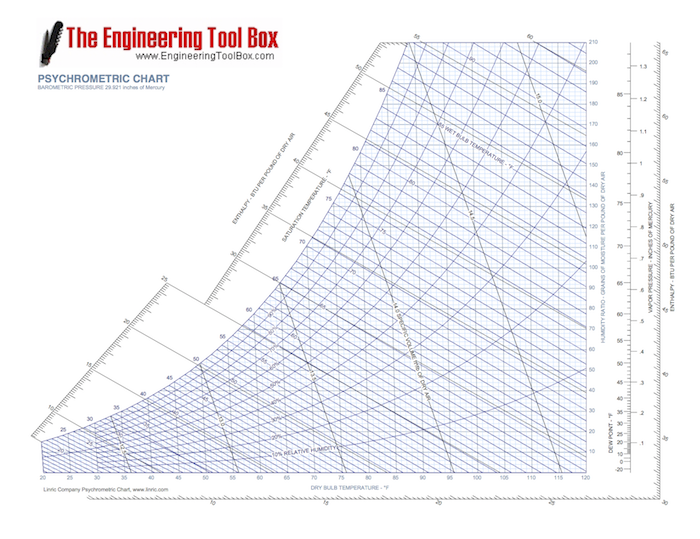The Imperial units or the Imperial system is a collection of units, first defined in the Weights and Measures Act of 1824, later refined (until 1959) and reduced. The units were introduced in the United Kingdom and its colonies, including Commonwealth countries (though most Commonwealth countries are officially metric), but excluding the then already independent United States. Systems of Imperial units are sometimes referred to as foot-pound-second, after the base units of length, mass and time.
Relation to other systems
After the 1 July 1959 deadline, agreed upon in 1958, the U.S. and the British yard were defined identically (0.9144 m) to the international yard. Metric equivalents in this article usually assume this latest official definition. Before this date, the most precise measurement of the Imperial Standard Yard was 0.914398416 m (Sears et al. 1928. Phil Trans A 227:281).
Until the adoption of the international definition of 1852 metres in 1970, the British nautical mile was defined as 6080 feet. It was not readily expressible in terms of any of the intermediate units, because it was derived from the circumference of the Earth (like the original metre).
Measures of length
Measures of area
In 1824, Britain adopted a close approximation to the ale gallon known as the Imperial gallon. The Imperial gallon was based on the volume of 10 lb of distilled water weighed in air with brass weights with the barometer standing at 30 inHg and at a temperature of 62 °F. In 1963, this definition was refined as the space occupied by 10 lb of distilled water of density 0.998 859 g/ml weighed in air of density 0.001 217 g/ml against weights of density 8.136 g/ml. This works out to exactly 4.545 964 591 L, or 277.420 cu in. The Weights and Measures Act of 1985 finally switched to a gallon of exactly 4.546 09 L (approximately 277.4 cu in) .
For a comparison to the U.S. customary system see the article on Comparison of the Imperial and U.S. customary systems.
 Measures of volume
Measures of volumeBritain has made some use of three different weight systems in the 19th and 20th century, troy weight, used for precious metals, avoirdupois weight, used for most other purposes, and apothecaries' weight, now virtually unused since the metric system is used for all scientific purposes. The 1824 Act made the Troy pound the primary unit of weight.
The use of the troy pound (373.241 721 6 g) was abolished in Britain on January 6, 1879, making the Avoirdupois pound the primary unit of weight.with only the troy ounce (31.103 476 8 g) and its decimal subdivisions retained. In all the systems, the fundamental unit is the pound, and all other units are defined as fractions or multiples of it.
Note that the British ton is 2240 pounds (the long ton), which is very close to a metric tonne, whereas the ton generally used in the United States is the "short ton" of 2000 pounds (907.184 74 kg), both are 20 hundredweights.
Further information: Comparison of the Imperial and US customary systems
Measures of weight and mass
The primary user of traditional 'English' units is the United States and to a lesser degree in Burma and Liberia. In some of the U.S.-influenced Caribbean countries (like Antigua and Saint Lucia), the U.S. customary units, which are similar to Imperial units based upon older English units and in part share definitions, are still in common use. The metric system (SI) has mostly replaced traditional units in other countries.
Current use of Imperial units
No comments:
Post a Comment